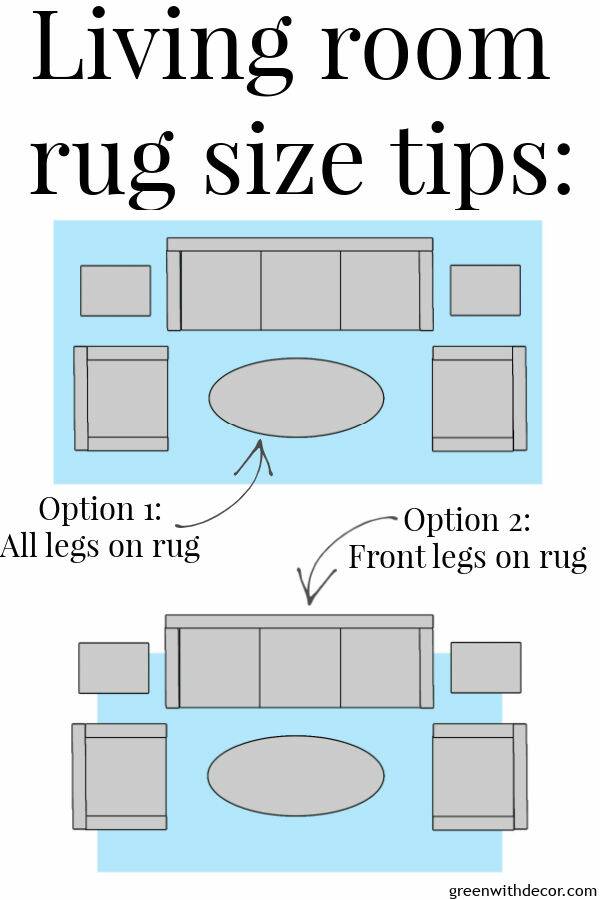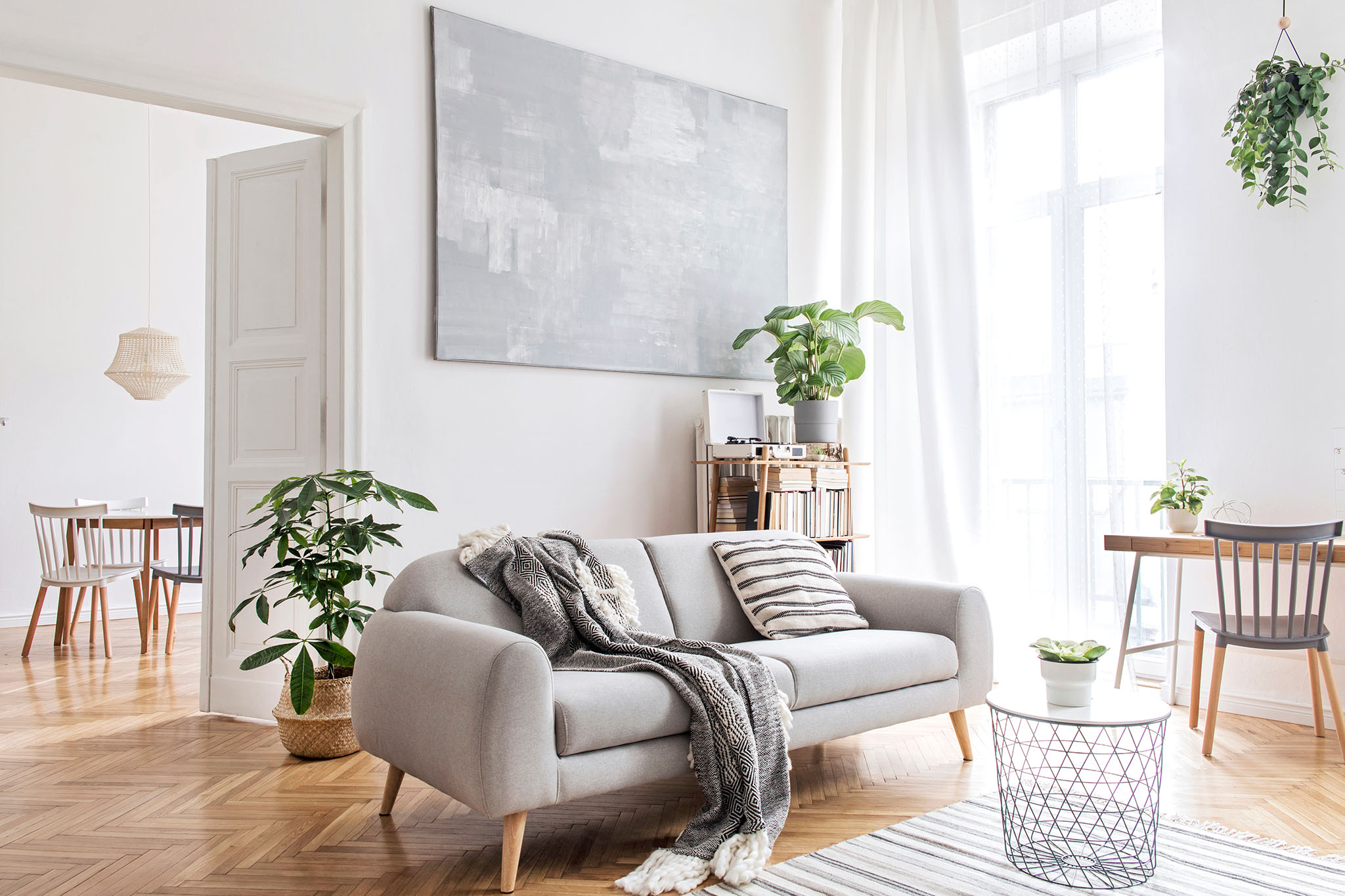When it comes to designing the perfect living room, one of the most important factors to consider is the size. The average living room size can vary depending on factors such as location, house size, and personal preferences. However, there are some standard dimensions that are commonly used for living rooms. According to architectural experts, the average living room size in a typical home is around 150-200 square feet. This size is considered to be comfortable and functional for most households, providing enough space for furniture and movement.Average Living Room Size
While the average living room size may provide a good starting point, it's important to also consider the standard dimensions for a living room. These dimensions can help guide the layout and furniture placement in the room. The standard length and width for a living room is usually 12-18 feet by 12-16 feet, respectively. This provides enough space to fit a sofa, coffee table, and other essential furniture pieces.Standard Living Room Dimensions
For those looking for a more spacious living room, the typical size can be slightly larger than the average. A typical living room can range from 200-250 square feet, providing more room for additional furniture or a larger seating area. Keep in mind that the typical living room size can also depend on the size of the house. For larger homes, the living room may be bigger to match the overall scale of the house.Typical Living Room Size
When it comes to the ideal living room size, it really depends on the individual's needs and preferences. Some may prefer a cozy and intimate living room, while others may want a more open and spacious feel. In general, the ideal living room size can be anywhere from 200-300 square feet. This allows for flexibility in furniture arrangement and can accommodate larger groups of people.Ideal Living Room Size
For those looking for a more specific measurement for their living room, there are some common dimensions that are commonly used by designers and architects. One of the most common living room dimensions is 12x16 feet, which provides a good balance of space and functionality. Other common dimensions include 14x18 feet and 16x20 feet, which can provide a more spacious living room.Common Living Room Dimensions
While there is no one-size-fits-all solution for the perfect living room size, there are some recommended dimensions that can work for most households. Experts recommend a living room size of 200-250 square feet for a comfortable and functional space. This allows for enough room for furniture and movement, without feeling too cramped or empty.Recommended Living Room Size
If you're looking to get more specific with your living room size, you can also measure in terms of square footage. This measurement can help you determine the amount of space you have to work with and plan your furniture accordingly. The recommended living room square footage is 200-300 square feet. This provides enough room for a comfortable seating area and other essential furniture pieces.Living Room Square Footage
When it comes to measuring your living room, it's important to consider both the length and width. The dimensions of your living room can help determine the layout and furniture placement in the space. The recommended living room dimensions are 12-18 feet for the length and 12-16 feet for the width. These dimensions can help create a well-proportioned and balanced living room.Living Room Dimensions
The living room area refers to the total amount of space in the room, including the walls and any built-in features. This measurement can help determine the overall size and scale of the living room. The recommended living room area is 250-350 square feet. This allows for enough space to fit furniture and leave room for movement and decorative elements.Living Room Area
Finally, when designing a living room, it's important to consider the overall living room space. This refers to the entire area of the room, including any open areas or adjoining rooms. The recommended living room space is 300-400 square feet. This allows for a comfortable and functional living room, while also considering the space available in the rest of the house. In conclusion, the size of a living room can vary depending on personal preferences and other factors. However, by considering the average, standard, and recommended dimensions, you can create a comfortable and functional living room that suits your needs and style. Remember to also consider the overall space and layout of your house when determining the size of your living room. Living Room Space
The Importance of Considering Normal Living Room Size in House Design

Why Size Matters in House Design
 When it comes to designing a house, many aspects need to be taken into consideration. From the layout and style to the overall functionality, every detail plays a crucial role in creating a comfortable and functional living space. However, one aspect that often gets overlooked is the size of the living room.
Normal living room size
is an important factor to consider in house design as it directly impacts the overall aesthetic and functionality of the space. It is essential to strike the right balance between size and design to create a harmonious living room that meets the needs and preferences of the homeowners.
When it comes to designing a house, many aspects need to be taken into consideration. From the layout and style to the overall functionality, every detail plays a crucial role in creating a comfortable and functional living space. However, one aspect that often gets overlooked is the size of the living room.
Normal living room size
is an important factor to consider in house design as it directly impacts the overall aesthetic and functionality of the space. It is essential to strike the right balance between size and design to create a harmonious living room that meets the needs and preferences of the homeowners.
The Ideal Living Room Size
 The ideal
normal living room size
can vary depending on the size of the house and the number of occupants. However, as a general rule of thumb, the living room should be at least 12 feet by 18 feet in size. This provides enough space for a comfortable seating arrangement and allows for easy movement within the room.
It is also crucial to consider the shape of the living room when determining the size. A rectangular living room may require a larger size compared to a square-shaped one. Additionally, the ceiling height should also be taken into account when designing the living room. A higher ceiling can make the room feel more spacious and airy, while a lower ceiling may require a smaller living room size to avoid a cramped feeling.
The ideal
normal living room size
can vary depending on the size of the house and the number of occupants. However, as a general rule of thumb, the living room should be at least 12 feet by 18 feet in size. This provides enough space for a comfortable seating arrangement and allows for easy movement within the room.
It is also crucial to consider the shape of the living room when determining the size. A rectangular living room may require a larger size compared to a square-shaped one. Additionally, the ceiling height should also be taken into account when designing the living room. A higher ceiling can make the room feel more spacious and airy, while a lower ceiling may require a smaller living room size to avoid a cramped feeling.
The Impact of Size on Design
 The size of the living room has a direct impact on the design choices for the space. A larger living room allows for more options in terms of furniture placement and design elements. It also provides more space for incorporating different seating areas, such as a cozy reading nook or a game corner.
On the other hand, a smaller living room may require more strategic design choices to maximize the use of space. This can include opting for sleek and multipurpose furniture, using light colors to create an illusion of space, and incorporating smart storage solutions to keep the room clutter-free.
Normal living room size
also affects the overall aesthetic of the space. A well-proportioned living room can create a sense of balance and harmony, while an overly large or small living room can feel awkward and uninviting.
The size of the living room has a direct impact on the design choices for the space. A larger living room allows for more options in terms of furniture placement and design elements. It also provides more space for incorporating different seating areas, such as a cozy reading nook or a game corner.
On the other hand, a smaller living room may require more strategic design choices to maximize the use of space. This can include opting for sleek and multipurpose furniture, using light colors to create an illusion of space, and incorporating smart storage solutions to keep the room clutter-free.
Normal living room size
also affects the overall aesthetic of the space. A well-proportioned living room can create a sense of balance and harmony, while an overly large or small living room can feel awkward and uninviting.
Conclusion
 In conclusion, size plays a crucial role in house design, especially when it comes to the living room. It is important to consider the
normal living room size
when designing a house to ensure a functional and aesthetically pleasing living space. By striking the right balance between size and design, homeowners can create a living room that meets their needs and reflects their personal style.
In conclusion, size plays a crucial role in house design, especially when it comes to the living room. It is important to consider the
normal living room size
when designing a house to ensure a functional and aesthetically pleasing living space. By striking the right balance between size and design, homeowners can create a living room that meets their needs and reflects their personal style.























:max_bytes(150000):strip_icc()/living-room-area-rugs-1977221-e10e92b074244eb38400fecb3a77516c.png)





































































